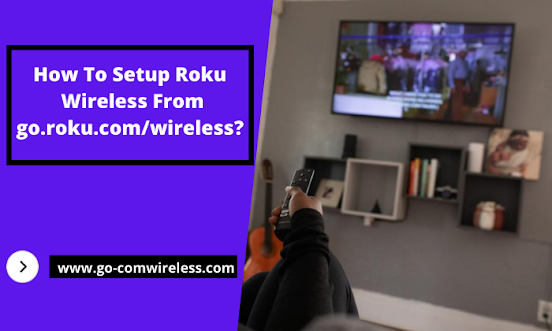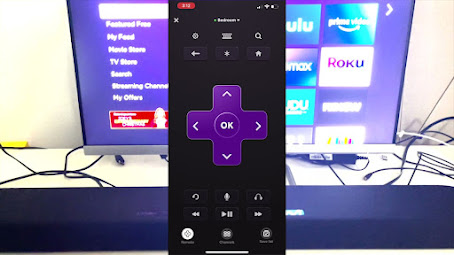Roku Not Connecting To WiFi Causes And Solutions

To stream content on Roku, you must have a connected or wireless internet connection. However, there are times when Roku won't establish a WiFi connection. This problem might have a number of different reasons, and the solution you need to utilize depends on the cause. Thus, in this blog, let's examine the potential causes of your Roku not connecting to WiFi issues in more detail, along with some potential fixes. Possible Causes For Roku Not Connecting To WiFi Your Roku streaming will occasionally stop as the first indication of a bad or nonexistent internet connection. You might have noticed that the content didn't load entirely. Alternatively, you might discover that the loading process occasionally pauses for a short while. These are obvious indications that your Roku may be experiencing network-related problems, and there are a few probable causes of connection issues on your device. These consist of: An interruption in the connection could result from a power failure




